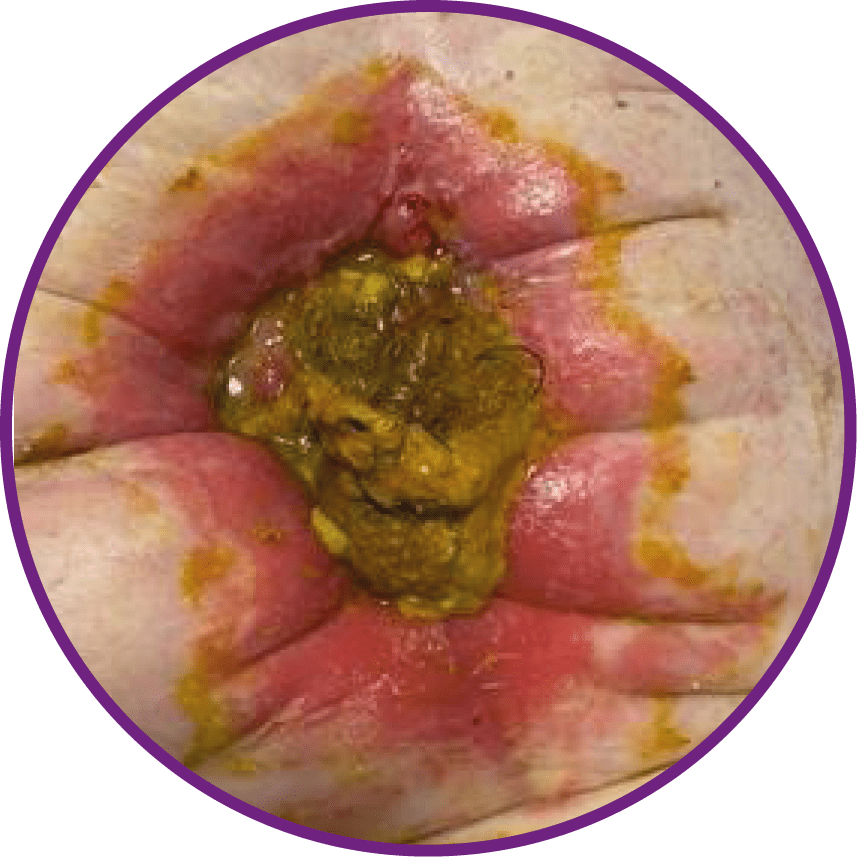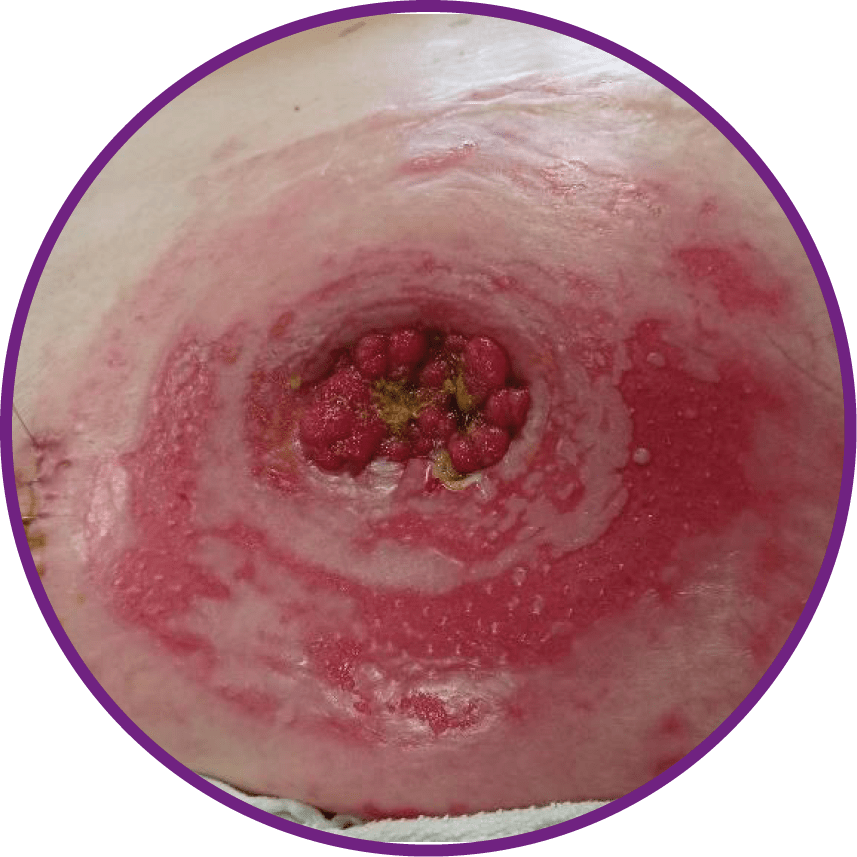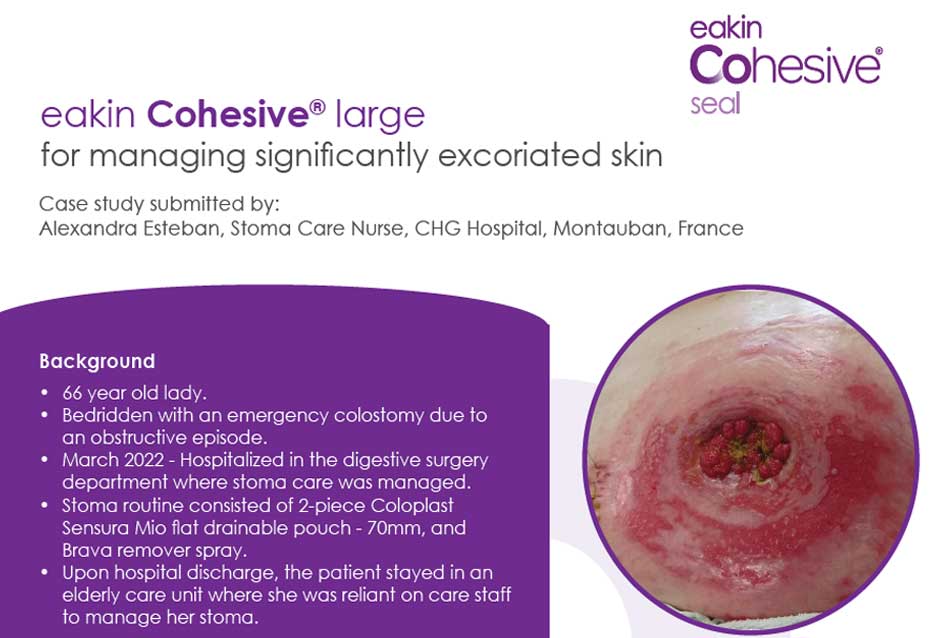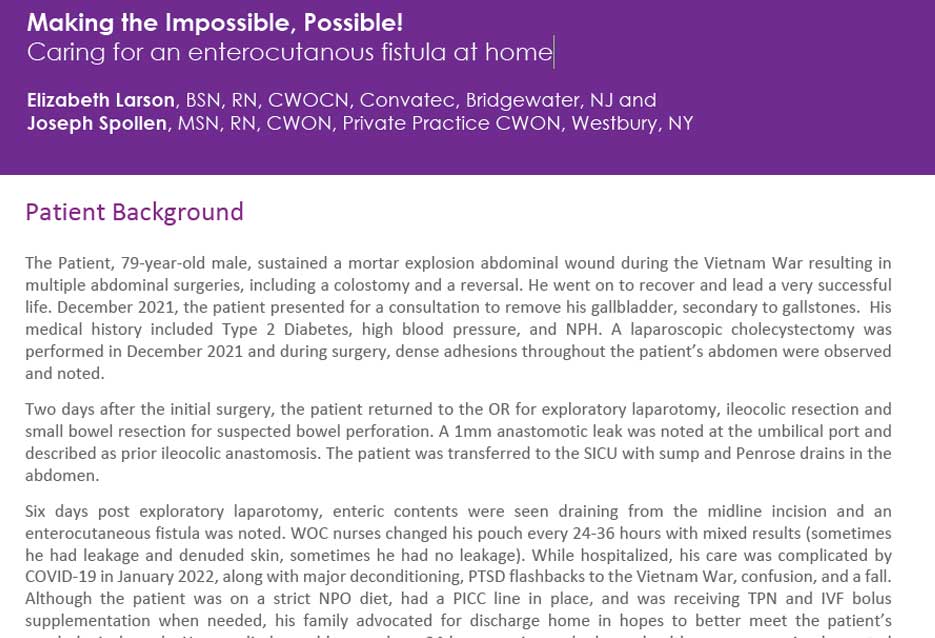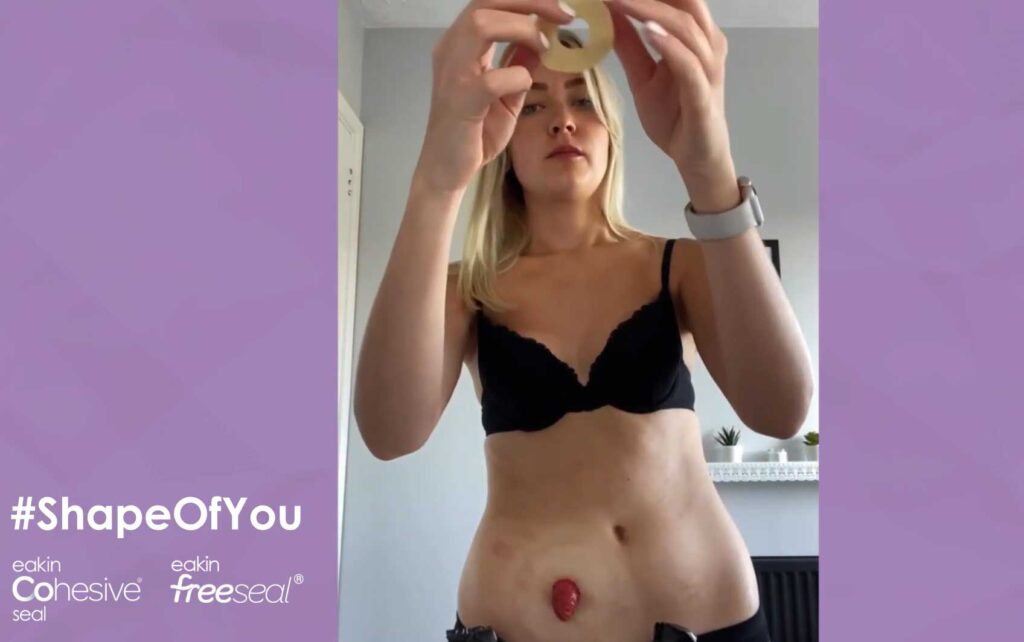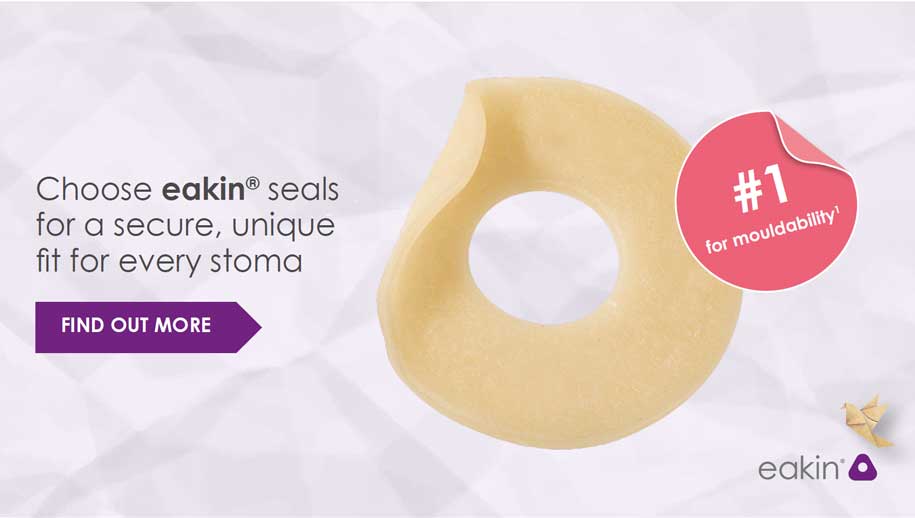
For stoma care nurses, we appreciate there are numerous considerations when choosing the right ostomy products for each individual. Things such as skin topography, co-morbidities, ostomy shape and size and treatment plans are just some of the vast list of considerations.
For the ostomate too, they have come through major surgery and whether planned or unplanned, stoma formation is life changing. Cowell, Kupsick and McNichol (2016) highlighted 18 different things an ostomate should know before being discharged from care1 including when to seek professional help, pouch application and removal, resizing baseplates, diet and fluid intake and much more. Taking in all of this can feel overwhelming, especially in the early days and therefore it’s not surprising issues can then occur.
In a hospital setting with close management stoma or wound care routines can be monitored and work very well. However, when the patient is discharged problems can occur. We see multiple cases where this has happened where carers aren’t trained in managing ostomies or the individual themselves is struggling to replicate a secure fit. Scroll down to read the two case studies below to see the challenges experienced in these situations.
In both cases, the care teams were unable to secure the right fit outside of the acute / hospital setting without changes to the stoma care routine.
Adaptability is key
Every ostomate is unique, just like their ostomy.
Meaning the routine you help choose must provide a unique fit so each individual can feel secure, confident, in control and supported.
Considering easy to use and adaptable or flexible products can help outside of the hospital setting. They can encourage each individual to feel more in control of their routine, with products that will fit and flex to their changing shape and stoma.
Choosing products that are the most mouldable and can adapt to the stoma itself or ostomy products that are specifically designed to flex and shape to body contours is therefore an important consideration across ostomy care. We have conducted new research into the adaptability of ostomy seals which you can read in the clinical resources below.
Clinical Resources
Find out how unskilled care resulted in significantly excoriated and painful skin but choosing adaptable, skin friendly products created a secure and consistent routine.
Managing a fistula in a home care setting proved difficult until the right products were found to support the patient and their family.
A short video that showcases the many different ways you can apply a mouldable seal – the possibilities are endless!
Discover how you can create a unique fit, every time,
with eakin seals.
References: 1. Colwell, Janice & Kupsick, Phyllis & Mcnichol, Laurie. (2016). Outcome Criteria for Discharging the Patient With a New Ostomy From Home Health Care: A WOCN Society Consensus Conference. Journal of Wound, Ostomy and Continence Nursing. 43. 269-273. 10.1097/WON.0000000000000230.
Product choice
We have a wide range of pouches, seals and accessories to support your patients following discharge. If you would like samples, please contact your local rep.
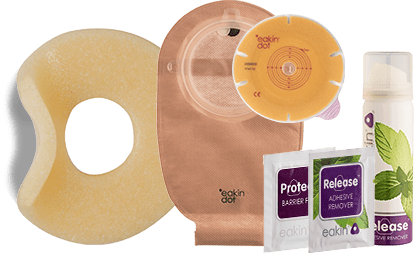

 US
US 

